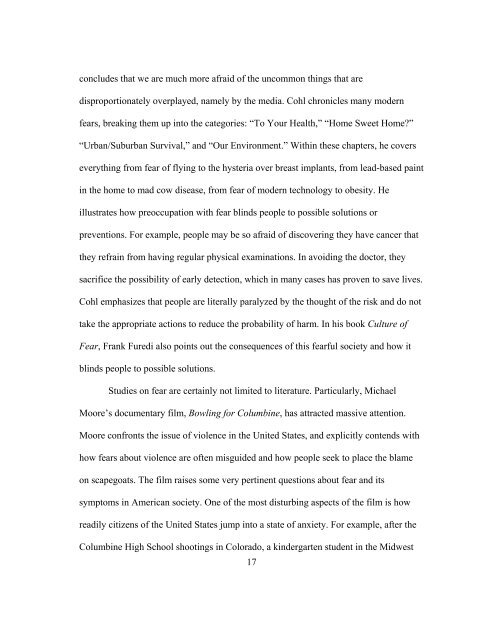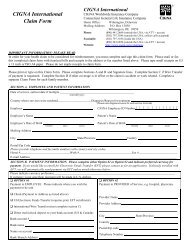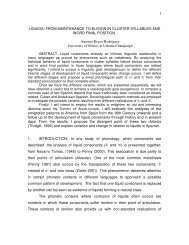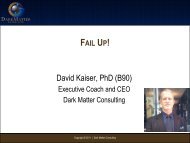Media Induced Fear and Anxiety - Georgetown University: Web ...
Media Induced Fear and Anxiety - Georgetown University: Web ...
Media Induced Fear and Anxiety - Georgetown University: Web ...
You also want an ePaper? Increase the reach of your titles
YUMPU automatically turns print PDFs into web optimized ePapers that Google loves.
concludes that we are much more afraid of the uncommon things that are<br />
disproportionately overplayed, namely by the media. Cohl chronicles many modern<br />
fears, breaking them up into the categories: “To Your Health,” “Home Sweet Home?”<br />
“Urban/Suburban Survival,” <strong>and</strong> “Our Environment.” Within these chapters, he covers<br />
everything from fear of flying to the hysteria over breast implants, from lead-based paint<br />
in the home to mad cow disease, from fear of modern technology to obesity. He<br />
illustrates how preoccupation with fear blinds people to possible solutions or<br />
preventions. For example, people may be so afraid of discovering they have cancer that<br />
they refrain from having regular physical examinations. In avoiding the doctor, they<br />
sacrifice the possibility of early detection, which in many cases has proven to save lives.<br />
Cohl emphasizes that people are literally paralyzed by the thought of the risk <strong>and</strong> do not<br />
take the appropriate actions to reduce the probability of harm. In his book Culture of<br />
<strong>Fear</strong>, Frank Furedi also points out the consequences of this fearful society <strong>and</strong> how it<br />
blinds people to possible solutions.<br />
Studies on fear are certainly not limited to literature. Particularly, Michael<br />
Moore’s documentary film, Bowling for Columbine, has attracted massive attention.<br />
Moore confronts the issue of violence in the United States, <strong>and</strong> explicitly contends with<br />
how fears about violence are often misguided <strong>and</strong> how people seek to place the blame<br />
on scapegoats. The film raises some very pertinent questions about fear <strong>and</strong> its<br />
symptoms in American society. One of the most disturbing aspects of the film is how<br />
readily citizens of the United States jump into a state of anxiety. For example, after the<br />
Columbine High School shootings in Colorado, a kindergarten student in the Midwest<br />
17
















